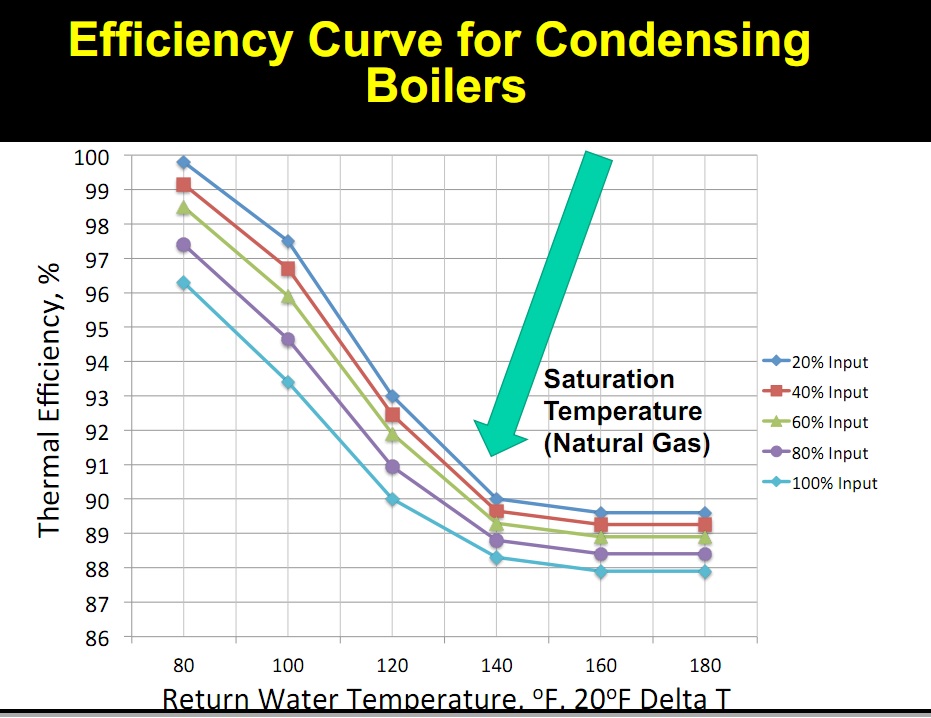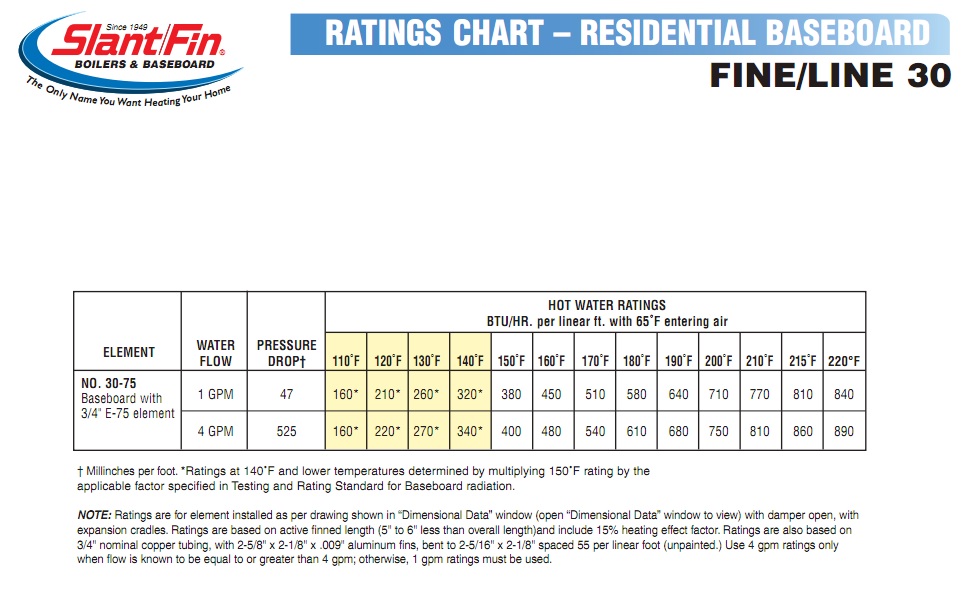BillTheEngineer
Member
I am looking for some input on using a condensing boiler when I am pretty sure I have zones that likely have lower heat output than the min fire rate of most if not all condensing boilers.
I trying to plan ahead so I don't need to scramble if and when my boiler and or water heater die.
First off I know I need to done measuring of my existing fin and tube baseboards to see how much capacity there is on each zone. And do a fuel use/heat load analysis.
But, I would suspect most of my zones are on the mirco side. It a 2300 sq-ft house (high ranch) with 3 zones (zip code 11788).
What I am thinking of doing is use a condensing boiler to heat an indirect how water heater. Add use the stored heat in the indirect hot water heater for space heating.
Questions I have:
I trying to plan ahead so I don't need to scramble if and when my boiler and or water heater die.
First off I know I need to done measuring of my existing fin and tube baseboards to see how much capacity there is on each zone. And do a fuel use/heat load analysis.
But, I would suspect most of my zones are on the mirco side. It a 2300 sq-ft house (high ranch) with 3 zones (zip code 11788).
What I am thinking of doing is use a condensing boiler to heat an indirect how water heater. Add use the stored heat in the indirect hot water heater for space heating.
Questions I have:
- Would the heat exchange within the indirect tank be sufficient to supply heat to warm the home? I know I would need to know my homes heat load, but is there a way to extrapolate what the heat output could be if the water in the tank were kept at 125°F - 130°F? (I chose this temp so the boiler would stay in the condensing range)
- Each thermostat would control a circulator for each zone. The only trigger for boiler to come on would be from the indirect. Any thing I am missing that might cause an issue?
- I prefer to set back my thermostats at night when sleeping. With learning thermostats (I think mine are already) is it likely that it may take a long time to warm up the house in the morning with 130°F water going though the fin and tube base boards? I am guessing there is sufficient heat output for most times but not sure how it will be for the extremely cold times. Is there somewhat simple way to adjust the indirect temp to adjust for the heat load?
- Plumbing the boiler and zones so that water flows correctly I think can be done with use of check valves. I am thinking the flow resistance of the boiler will be higher than the indirect. And the circulator on the boiler to indirect will prevent/limit any flow though it when a zone is calling for heat and the boiler is off. In the case where a zone or zones are calling for heat and the boiler is also calling I don't think would be an issue (the boiler should modulate to supply ~130°F water, should not make difference if it goes to the indirect or zone).
- Is there something basic or not basic that I am missing?




